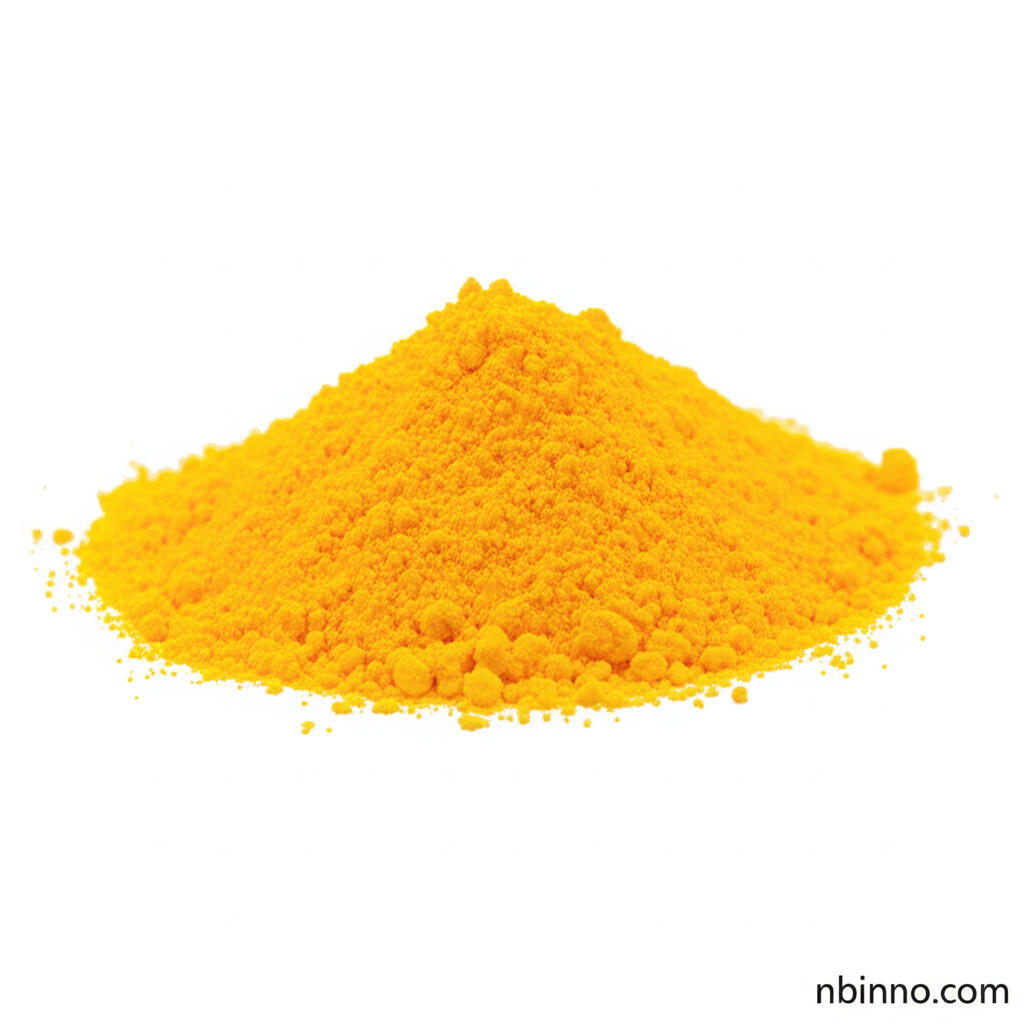7-(Diethylamino)coumarin-3-carbohydrazide: Properties, Applications, and Benefits
Discover the key properties and diverse applications of this vital chemical intermediate.
Get a Quote & SampleProduct Core Value

7-(Diethylamino)coumarin-3-carbohydrazide
This compound is a high-purity chemical intermediate with significant utility in various scientific and industrial applications. Its structure lends itself to specialized detection methods.
- The core value lies in its utility for detecting carboxylic acids, a crucial application in analytical chemistry.
- This coumarin derivative serves as a key intermediate in organic synthesis, enabling the creation of more complex molecules.
- Its application in cellulosic materials and paper highlights its versatility beyond laboratory use.
- The purity of 97%+ ensures reliable and reproducible results, making it a preferred choice for researchers and manufacturers.
Advantages Offered by the Product
High Purity and Reliability
With a purity of 97%+, this compound guarantees consistent performance in your organic synthesis processes and analytical assays.
Versatile Detection Capabilities
Its effectiveness in detecting carboxylic acids makes it an invaluable tool for chemical analysis and quality control.
Broad Application Spectrum
From specialized chemical assays to use in cellulosic materials and paper, its adaptability is a key advantage.
Key Applications
Carboxylic Acid Detection
Utilized as a key reagent for the accurate and sensitive detecting carboxylic acids in various sample types.
Cellulosic Materials and Paper
Plays a role in the modification or analysis of cellulosic materials/paper, enhancing their properties or diagnostic capabilities.
Organic Synthesis Intermediate
Serves as a building block in complex organic synthesis, facilitating the development of novel compounds.
Fluorescent Labeling
Potential use as a fluorescent label or probe in biochemical and chemical research, enabling visualization and tracking.
